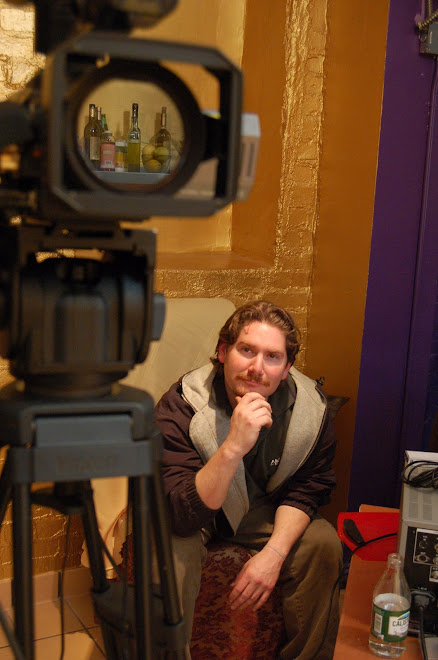Meet the $150 (almost to) Space Camera.
Bespoke is old hat. Off-the-shelf is in. Even Google runs the world’s biggest and scariest server farms on computers home-made from commodity parts. DIY is cheaper and often better, as Justin Lee and Oliver Yeh found out when they decided to send a camera into space.
The two students (from MIT, of course) put together a low-budget rig to fly a camera high enough to photograph the curvature of the Earth. Instead of rockets, boosters and expensive control systems, they filled a weather balloon with helium and hung a styrofoam beer cooler underneath to carry a cheap Canon A470 compact camera. Instant hand warmers kept things from freezing up and made sure the batteries stayed warm enough to work.
Of course, all this would be pointless if the guys couldn’t find the rig when it landed, so they dropped a prepaid GPS-equipped cellphone inside the box for tracking. Total cost, including duct tape? $148.
Launch
Two weeks ago, on Sept. 2, at the leisurely post-breakfast hour of 11:45 a.m., the balloon was launched from Sturbridge, Massachusetts. Lee and Yeh took a road trip in order to compensate for the prevailing winds, which could have otherwise taken the balloon out onto the Atlantic, and checked in on the University of Wyoming’s balloon trajectory website to estimate the landing site.
Because of spotty cellphone coverage in central Massachusetts, it was important to keep the rig in the center of the state so it could be found upon landing. Light winds meant the guys got lucky and, although the cellphone’s external antenna was buried upon landing, the fix they got as the balloon was coming down was close enough.
The Photographs
The balloon and camera made it up high enough to see the black sky curling around our blue planet. The Canon was hacked with the CHDK (Canon Hacker’s Development Kit) open-source firmware, which adds many features to Canon’s cameras. The intervalometer (interval timer) was set to shoot a picture every five seconds, and the 8-GB memory card was enough to hold pictures for the five-hour duration of the flight.
The video captures the unit going around 93,000 feet, just shy of 18 miles high. It’s short of the widely-accepted Kármán line, which is at 100km (62 miles) up, but it’s in the stratosphere, and it’s still impressive. To give you an idea of how high that is, when the balloon burst, the beer-cooler took 40 minutes to come back to Earth.
What is most astonishing about this launch, named Project Icarus, is that anyone could do it. The budget is so small as to be almost nonexistent (the guys slept in their car the night before the launch to save money), so that even if everything went wrong, a second, third or fourth attempt would be easy. All it took was a grand idea and an afternoon poking around the hardware store.
Check out this amazing still imagery. Wow!
Friday, September 18, 2009
Footage Shot In Outer space for a whopping $150
Labels:
$150,
amazing,
beer,
budget,
chappyshowcase,
incredible,
mattchapman,
MIT,
outer,
outerspace,
photography,
shots,
space,
stratosphere,
students
Subscribe to:
Post Comments (Atom)





No comments:
Post a Comment